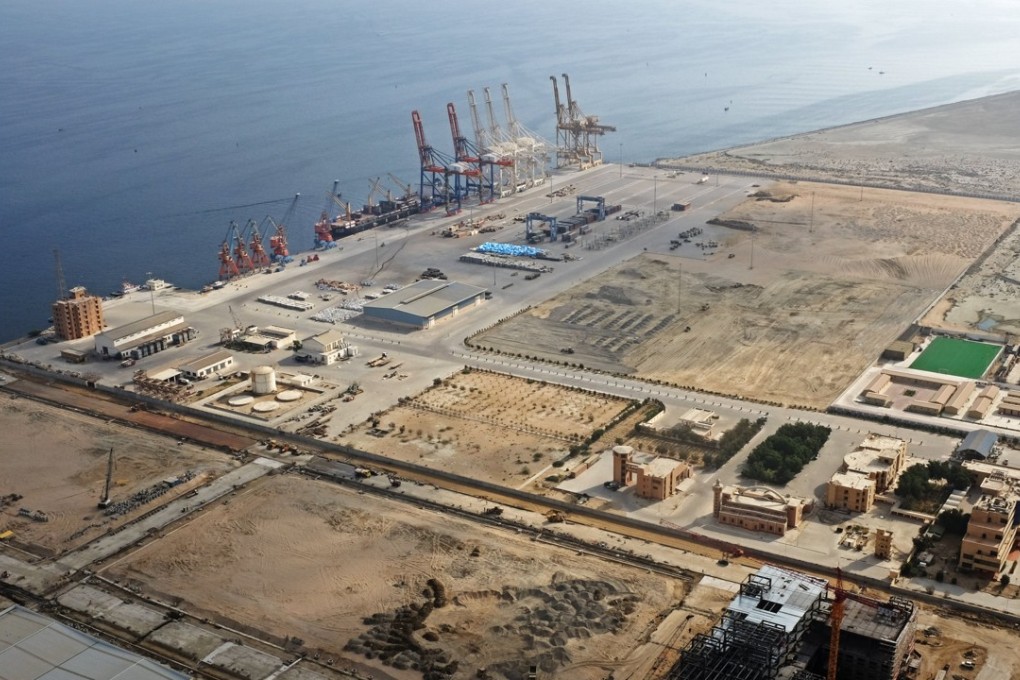Is China’s ambitious Belt and Road Initiative a risk worth taking for foreign investors?
Five years after it was first unveiled, questions remain about whether foreign participants can actually benefit from the world’s most ambitious infrastructure plan

China’s Belt and Road Initiative (BRI) has aroused almost as much scepticism as it has raised expectations. The US$900 billion project to recreate the old Silk Road trading routes between Asia and the rest of the world, first outlined by China’s President Xi Jinping in 2013, heralded an extraordinary programme of power, transport and infrastructure construction.
“The BRI is a manifestation of China’s re-globalisation ambitions, especially its commercial and economic engagement with neighbouring countries. There is no defining blueprint, it is not a specific, discrete strategy and nor is it a type of Marshall Plan,” says Nicholas Kwan, director of research at Hong Kong Trade Development Council. The Marshall Plan, a US economic aid scheme, helped rebuild Europe after second world war.
According to the Chinese government, there are more than 100 separate agreements that make up the BRI. These agreements and projects are cross-border, bilateral and multilateral and include many types of enterprise, not just infrastructure schemes.
However, doubters contend the BRI is simply a way for China to export its excess industrial capacity, while some geopolitical rivals and neighbours fear it is an instrument of strategic and economic hegemony.
Just as the motivations of BRI are ambiguous, so the achievements are as yet unclear. Perhaps even more nebulous is how foreign companies can participate and how investors can get involved.
“BRI is progressing fast if you value the number of projects that China has financed, some of which are extremely relevant in terms of improving physical connectivity at a global level. So far there are around US$350 billion worth of projects financed, the bulk by Chinese development banks and only marginally by foreign banks or international financial organisations,” says Alicia Garcia Herrero, chief economist Asia-Pacific at investment bank Natixis.